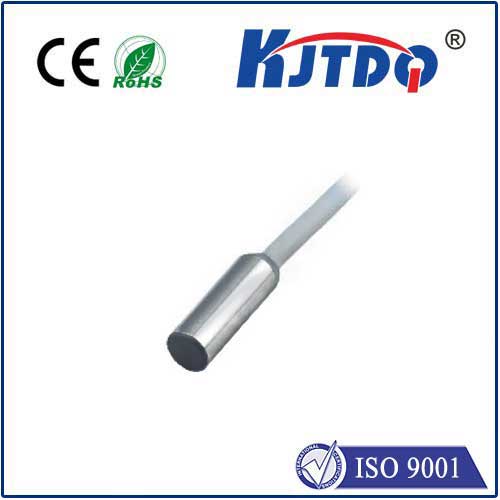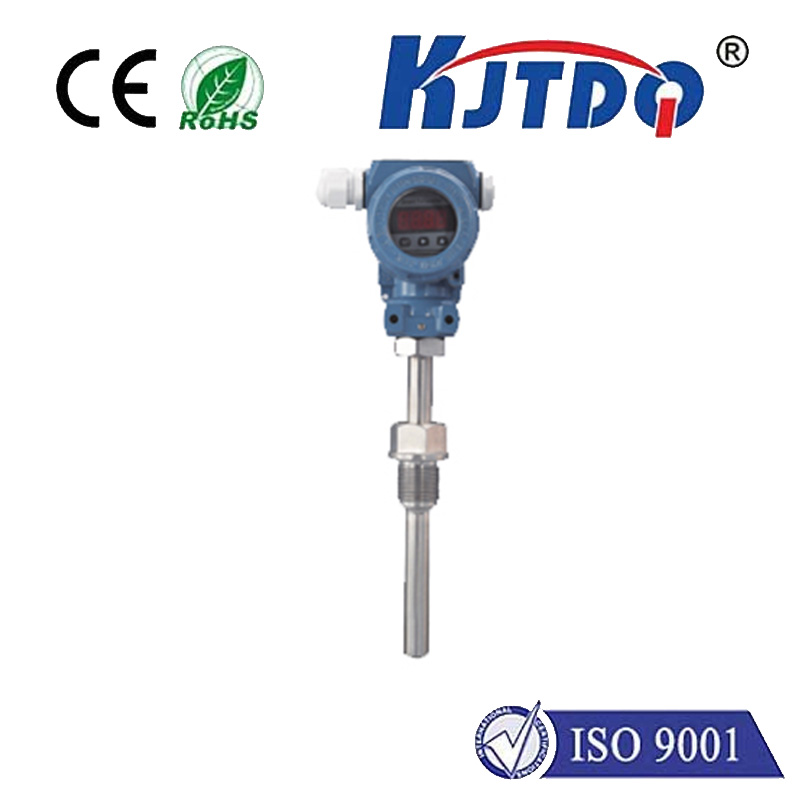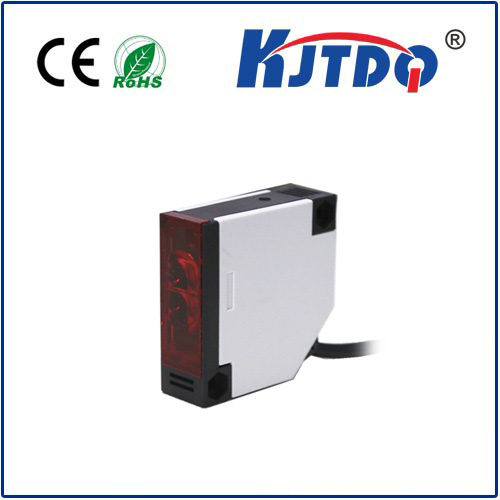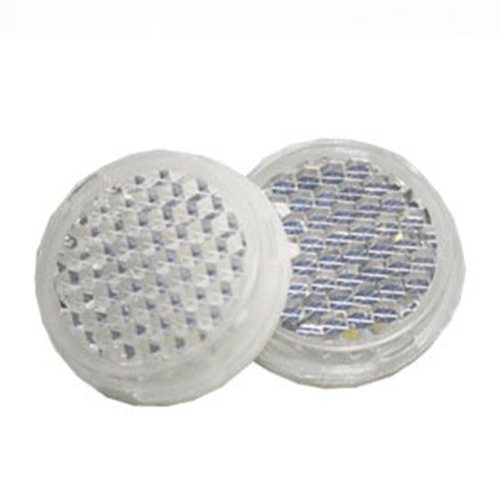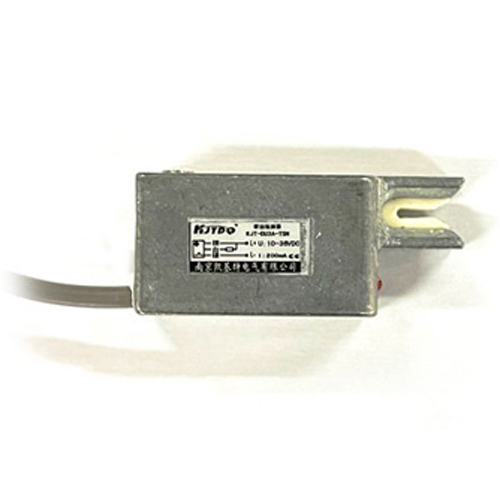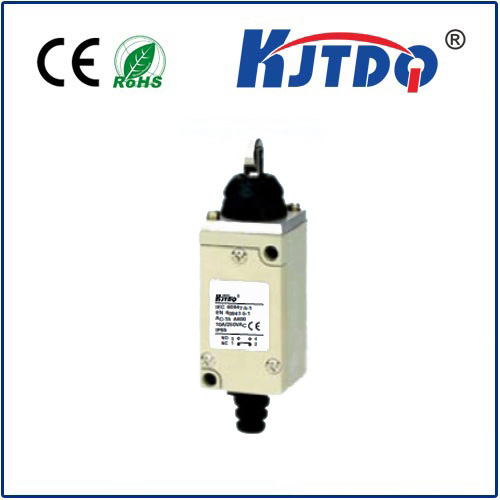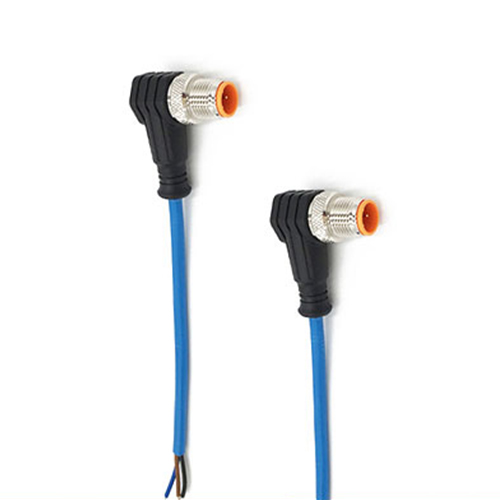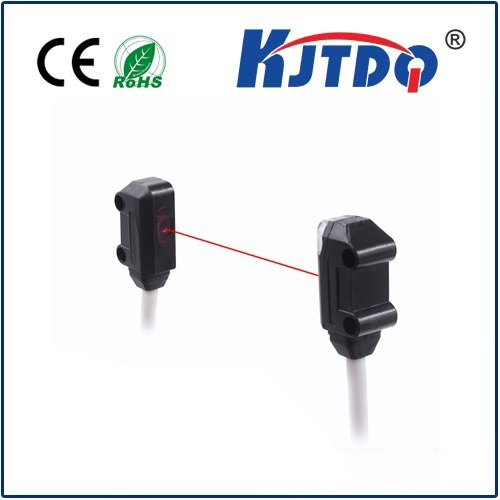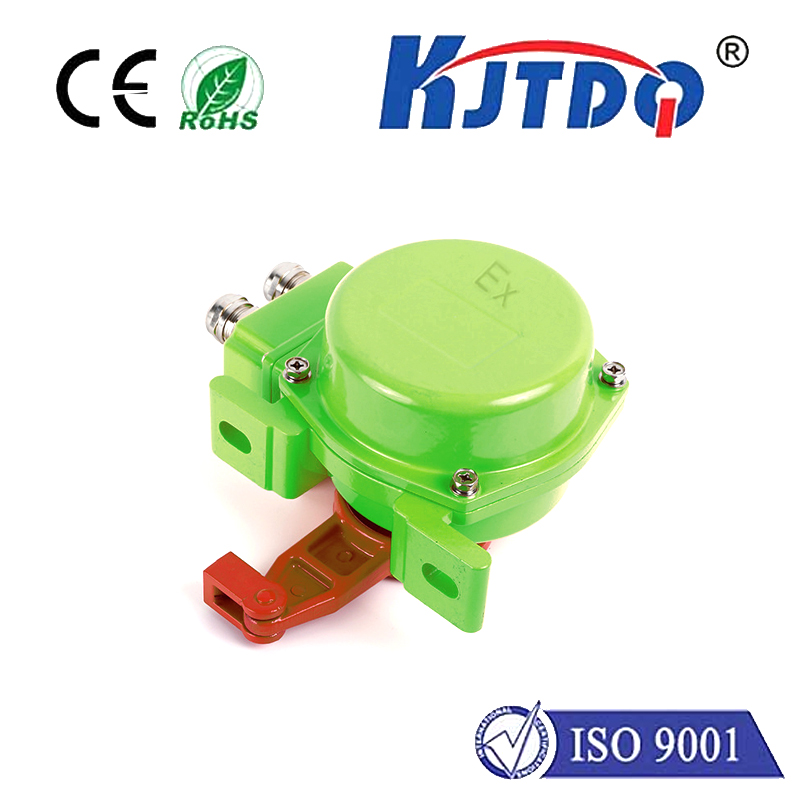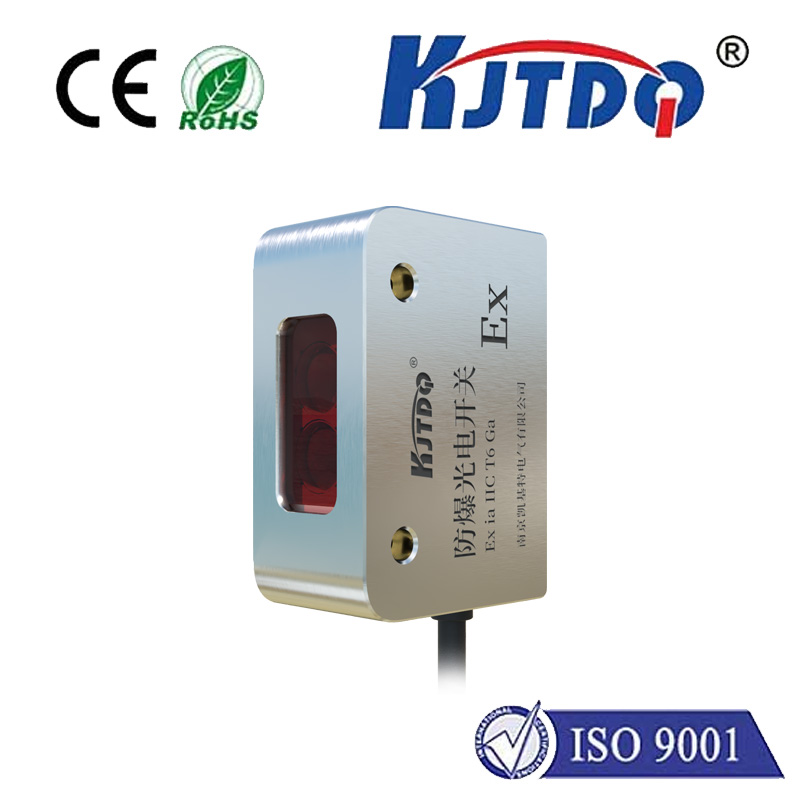

check

check

check

check

check

check

check

check

check

check
As technology continues to advance, devices equipped with proximity sensors have become increasingly prevalent in our daily lives. These sensors are used for a variety of purposes, such as tracking the location and distance of objects, detecting motion, and even measuring vibration levels. However, many people may not be familiar with how proximity sensors work or how to accurately measure vibration levels using them. In this article, we will explore the basics of proximity sensor vibration measurement and provide tips on how to get reliable results.
First, it is important to understand that proximity sensors work by emitting a small signal that is picked up by an infrared receiver when it comes into contact with an object. The signal strength is then measured to determine the distance between the sensor and the object. To accurately measure vibration levels, it is necessary to modify the sensor so that it can detect and interpret changes in the frequency and amplitude of the transmitted signal. This requires specialized software and hardware that can analyze the sensor data and convert it into meaningful vibration measurements.
One common approach to measuring vibration levels is to use an algorithm that compares the current signal output to a reference value generated during calibration. If the current output falls outside a specified range, the algorithm generates an alert indicating that there has been a significant change in vibration levels. This method can be effective for detecting large swings in vibration but may not be suitable for monitoring subtle changes over time.
Another technique involves using statistical analysis to identify patterns in the sensor data that correspond to different types of vibration. For example, if the data shows a consistent pattern of high vibration during startup or shutdown cycles, this could indicate that the machine is experiencing mechanical stress or wear. By analyzing the data in this way, it is possible to gain insight into the underlying causes of vibration and take appropriate action to prevent problems from occurring.
In conclusion, while proximity sensors are a powerful tool for many applications, they require specialized knowledge and equipment to accurately measure vibration levels. By understanding how these sensors work and using advanced algorithms and statistical analysis techniques, it is possible to gain valuable insights into the dynamics of vibrating systems and improve their performance over time. Whether you are working on a hobby project or a critical application, accurate vibration measurement is essential for ensuring reliable and safe operation.
